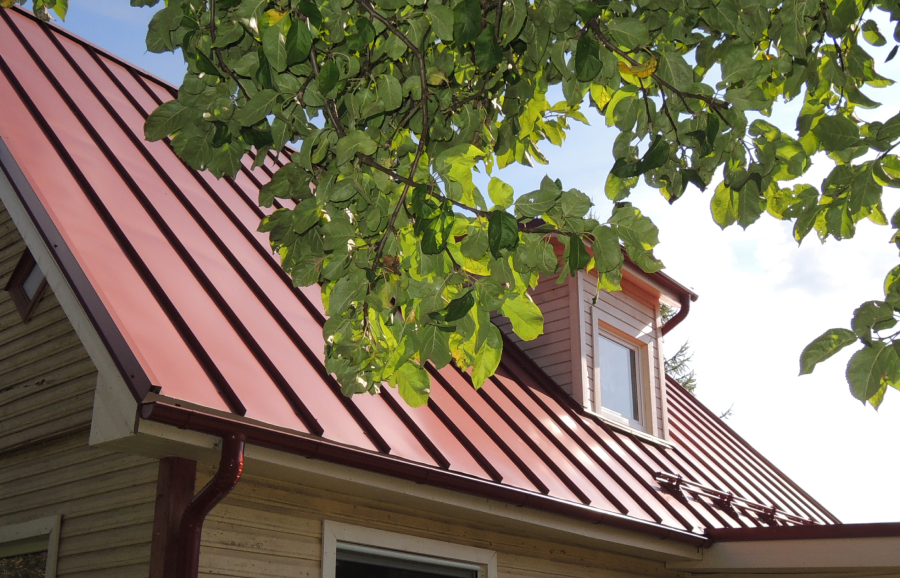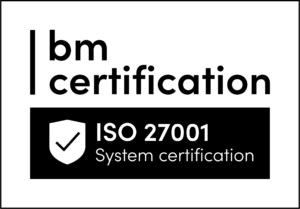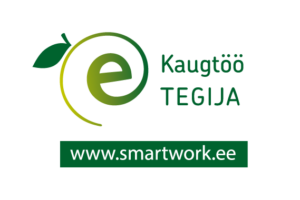Wenture helped Toode develop a web-based solar roof panel configurator to automate price inquiries. The self-service portal allows the customer to configure their roof and solar panels, perform an investment return calculation, submit a technical request for the creation of a solar park, and send a structured, informative, and up-to-date price request to the product sales team.
Keep scrolling for more details.



